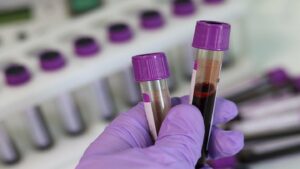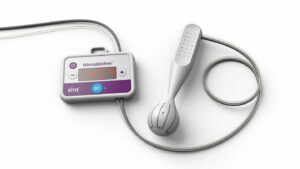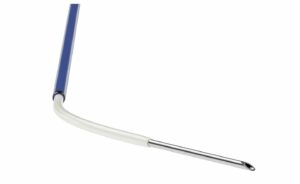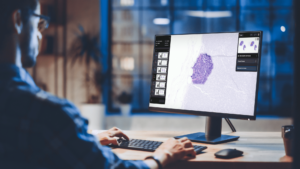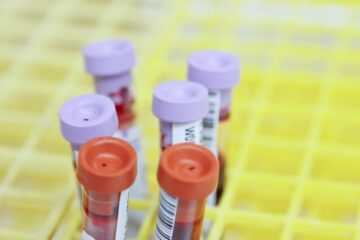<!–
–>
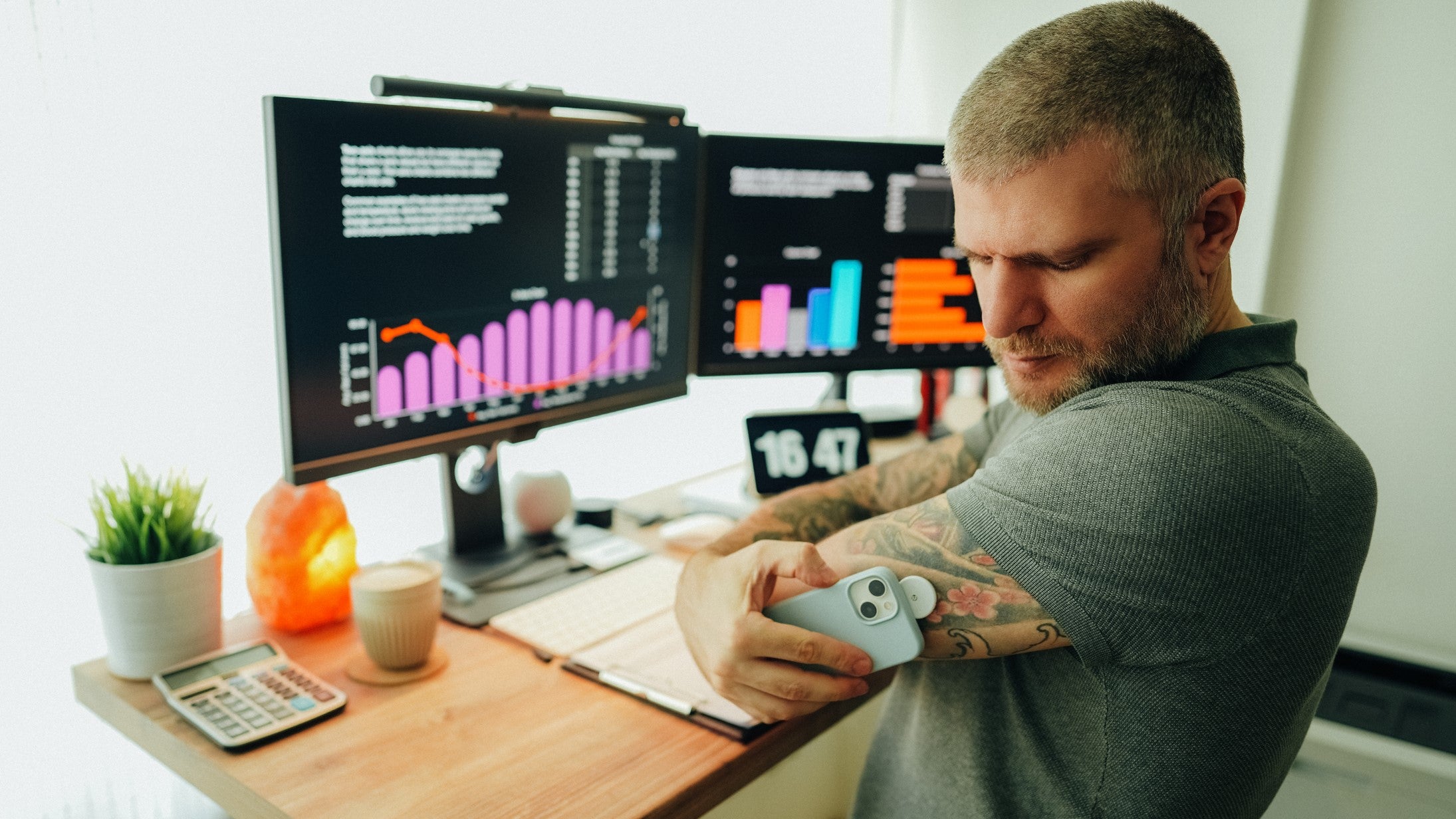
A new report by GlobalData has found that Remote Patient Monitoring (RPM) devices are a growing sector, expected to be worth $760 million by 2030. The report found that the potential of RPM devices to revolutionise at-home care was highlighted during the pandemic, which demonstrated the difficulty of remote care, and brought rapid growth to the sector.
The Thematic Research – Virtual Care and Telemedicine – 2023 report explores how technology is enabling the healthcare industry to improve efficiency and overcome geographical barriers through remote consultations, diagnosis and treatment in non-emergency cases.
The report expects that the RPM devices market will reach $760 million by 2030, up from $548.90 million in 2020, with a compound annual growth rate (CAGR) of 3.3% over the period. It notes that the development of 5G technology will be a driving force for improvement in RPM systems, allowing faster sharing and analysis of real-time data.
GlobalData notes the impact the pandemic had on the development of RPM technology: “Patients adapted by using telehealth platforms and apps to continue receiving care from their homes. This experience of decentralized healthcare may have improved patients’ views on the use of RPM devices (wearable sensors that upload real-time health metrics to a physician) after the pandemic.”
Report author, Alexandra Murdoch, added: “Over the last few years, COVID played a big role in the increasing use of RPM devices. Because patients and healthcare professionals wanted to maintain physical distance and keep out of hospitals where possible, RPM was adopted quite quickly. However, they’ll continue to be used for a number of reasons. While the rapid adoption may have been largely a result of COVID, RPM tools help patients access healthcare from virtually anywhere, removing travel barriers & preventing unnecessary appointments.”
She explained that: “There are external and implantable RPM devices. Implantable RPM devices retrieve data from an implantable sensor, such as a pacemaker. External RPM devices collect data from external measurement sources and transmit it to a monitoring station or doctor’s office. These devices include vital sign monitors, wearable devices, and specialized monitoring devices.”
CereVu is one example of a company currently developing an external, wearable RPM device: a remote COVID-19 sensor device in the form of a wearable patch and reusable monitoring console. The device measures blood oxygen saturation levels, breathing, temperature and muscle aches in affected patients, enabling health professionals to monitor symptoms and effectiveness of treatments.
A GlobalData poll of 201 respondents found that 66% were more willing to use an RPM device now than before the pandemic. Efficacy was not a major concern, with only 6% of respondents noting this worry, but instead the primary concern was around privacy, a fear shared by 17% of respondents.
- SEO Powered Content & PR Distribution. Get Amplified Today.
- PlatoData.Network Vertical Generative Ai. Empower Yourself. Access Here.
- PlatoAiStream. Web3 Intelligence. Knowledge Amplified. Access Here.
- PlatoESG. Automotive / EVs, Carbon, CleanTech, Energy, Environment, Solar, Waste Management. Access Here.
- PlatoHealth. Biotech and Clinical Trials Intelligence. Access Here.
- ChartPrime. Elevate your Trading Game with ChartPrime. Access Here.
- BlockOffsets. Modernizing Environmental Offset Ownership. Access Here.
- Source: https://www.medicaldevice-network.com/news/remote-patient-monitoring-market-will-reach-760m-by-2030/
- :has
- :is
- :not
- :where
- $UP
- 2020
- 2030
- 5G
- 90
- a
- access
- adapted
- added
- adopted
- Adoption
- After
- Allowing
- an
- analysis
- and
- annual
- anywhere
- appointments
- apps
- ARE
- around
- AS
- author
- barriers
- BE
- because
- been
- before
- Big
- blood
- breathing
- brought
- but
- by
- CAGR
- care
- cases
- collect
- company
- Compound
- Concern
- Console
- consultations
- continue
- Covid
- COVID-19
- credit
- Currently
- data
- decentralized
- demonstrated
- developing
- Development
- device
- Devices
- diagnosis
- Difficulty
- distance
- driving
- during
- effectiveness
- efficacy
- efficiency
- enabling
- Ether (ETH)
- example
- expected
- expects
- experience
- explained
- explores
- external
- faster
- fear
- few
- For
- Force
- form
- found
- from
- geographical
- GlobalData
- Grow
- Growing
- Growth
- had
- Have
- Health
- healthcare
- healthcare industry
- help
- help patients
- Highlighted
- Homes
- hospitals
- How
- However
- HTTPS
- improve
- improved
- improvement
- in
- include
- increasing
- industry
- instead
- IT
- jpg
- Keep
- largely
- Last
- levels
- maintain
- major
- Market
- May..
- measurement
- measures
- Metrics
- million
- Monitor
- monitoring
- monitors
- more
- muscle
- New
- Notes
- noting
- now
- number
- of
- Office
- on
- ONE
- only
- or
- out
- over
- Overcome
- Oxygen
- pandemic
- Patch
- patient
- patient monitoring
- patients
- period
- physical
- physician
- Platforms
- plato
- Plato Data Intelligence
- PlatoData
- played
- poll
- possible
- potential
- preventing
- primary
- privacy
- professionals
- quickly
- rapid
- Rate
- reach
- real-time
- real-time data
- reasons
- receiving
- remote
- removing
- report
- research
- respondents
- result
- reusable
- Role
- sector
- sensors
- set
- Share
- shared
- sharing
- sign
- Sources
- specialized
- station
- such
- Symptoms
- Systems
- Technology
- telehealth
- telemedicine
- than
- that
- The
- their
- These
- this
- Through
- to
- tools
- transmit
- travel
- treatment
- treatments
- use
- used
- using
- views
- Virtual
- virtually
- vital
- wanted
- was
- wearable
- wearable devices
- were
- which
- while
- will
- willing
- with
- worry
- worth
- years
- zephyrnet



